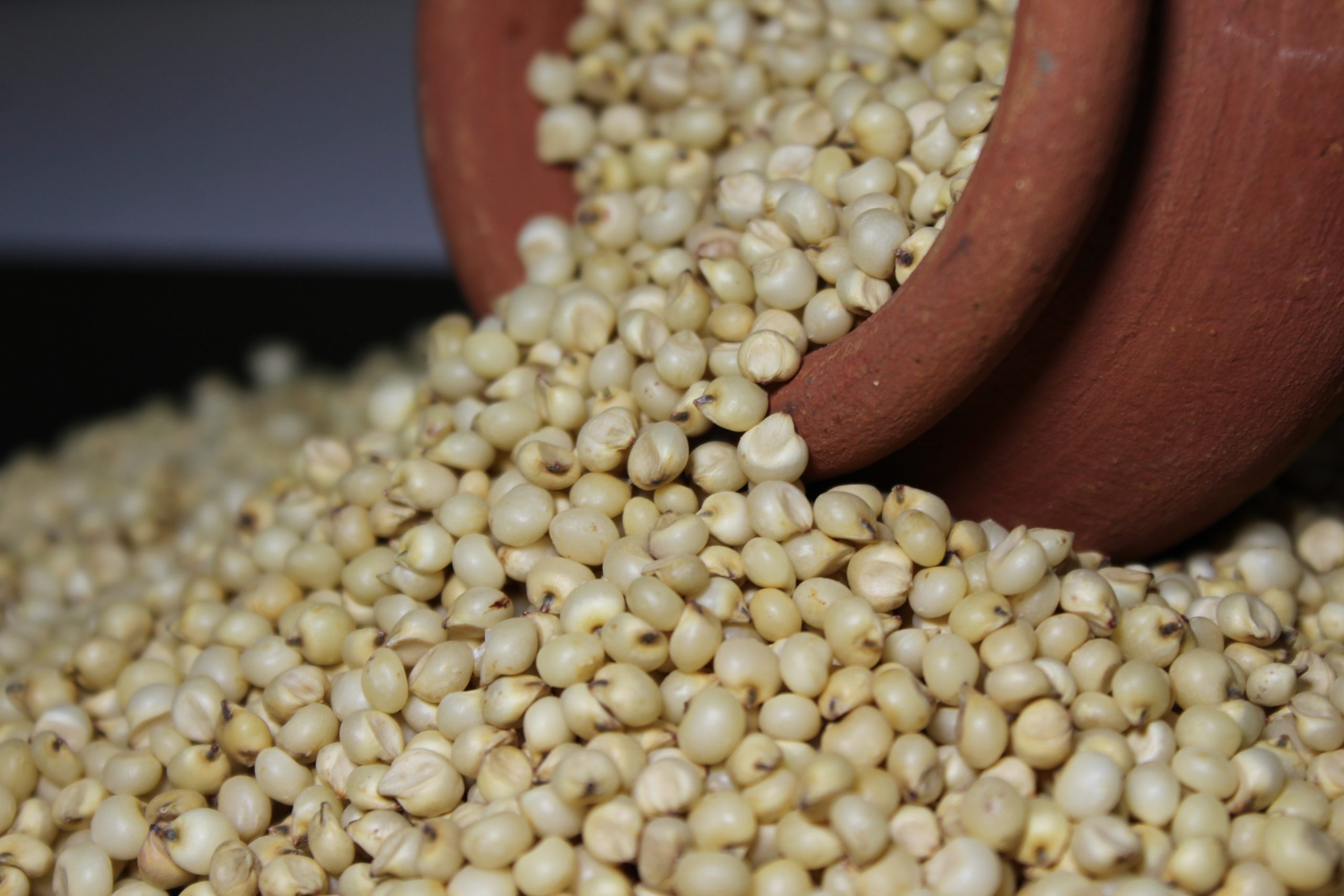Introduction to Sorghum (ज्वार)
The Indian Millet Sorghum is rich in antioxidants, high in dietary fiber, low in blood cholesterol, a natural diabetes cure, a staple food for celiac disease patients, and a good source of vitamins and minerals. It also lowers blood cholesterol, aids in weight control, builds strong bones, improves mood, increases energy, and stimulates blood circulation.
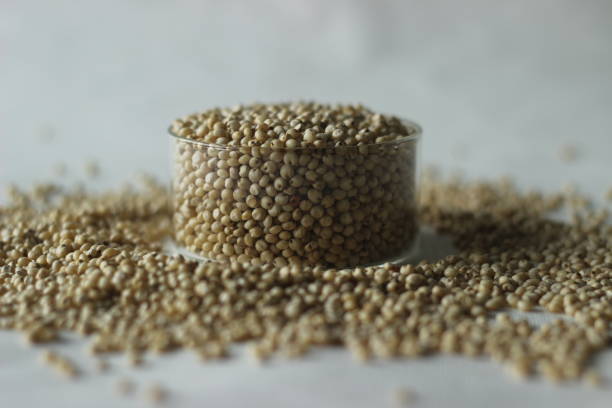
Nutritional Value of Sorghum
Nutritional value of Sorghum per 100gms
- Calories: 329
- Protein: 11 grams
- Fat: 3 grams
- Carbohydrates: 72 grams
- Fiber: 7 grams

Sorghum is also a good source of the following micronutrients:
- Vitamin B1 (thiamin)
- Vitamin B6
- Copper
- Iron
- Magnesium
- Phosphorus
- Potassium
- Selenium
- Zinc
High Dietary Fiber Content
Sorghum (ज्वार) – One of the best foods for dietary fiber. Since the hull of sorghum is edible, the grain can be consumed whole. This indicates that it provides even more fiber along with a host of other essential nutrients. Sorghum’s high fiber content is beneficial to hormone production, cardiovascular health, and digestion. An abundant supply of antioxidants Compared to many more widely consumed grains, fruits, and vegetables, sorghum’s pericarp contains polyphenol compounds that have a good health-protective effect. Sorghum even has three to four times the antioxidant activity of some other whole grains.
Black sorghum’s high anthocyanin content makes it particularly rich in antioxidants. Sorghum contains antioxidants that have anti-inflammatory, anti-cancer, and anti-diabetic properties. Sorghum aids in preventing the growth of tumors. It has been demonstrated that the 3-deoxyanthoxyanins (3-DXA) compounds, which are primarily found in darker-colored sorghum, have potent anti-proliferation properties against human colon cancer cells. The bran layer of sorghum grains contains antioxidants that scavenge harmful free radicals and lower the risk of developing different types of cancer. Research has indicated that eating sorghum is linked to a lower risk of oesophageal cancer worldwide.
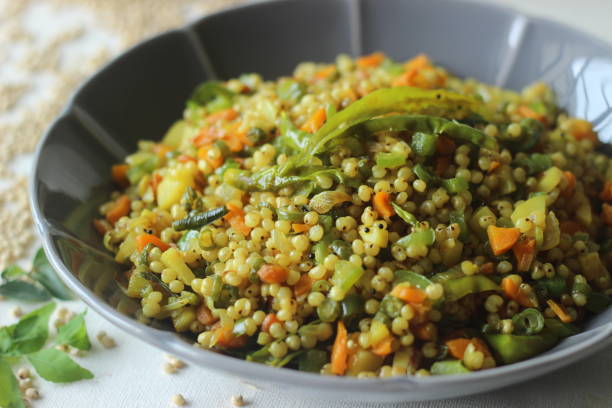
Sorghum Benefits for Diabetes
patients Diabetes is a condition that occurs due to a higher level of glucose and less sensitivity to insulin in the body. The starch in sorghum grain is more slowly digested as compared to the other cereals. It is because the tannin compounds of sorghum bran have an inhibitory effect on amylase which slows down the hydrolysis of starch and the absorption of glucose into the bloodstream.
Sorghum is good for diabetes as it acts as a low glycemic index food. Consuming sorghum is beneficial for better control of blood glucose levels and increases insulin sensitivity for diabetic patients.
Safe for celiac disease: sorghum flour A severe allergy to gluten, which is mostly present in foods made from wheat, is known as celiac disease. It is estimated that up to 1% of Americans suffer from celiac disease.
For those with celiac disease, sorghum flour is a good substitute for wheat flour because it is gluten-free. According to studies, sorghum-based products did not cause any harm to people with celiac disease.
Cholesterol
Sorghum can help reduce cholesterol. It may be possible to control blood cholesterol with sorghum. Due to its capacity to lessen the quantity of bile reabsorbed in the intestine, dietary fiber from sorghum aids in the reduction of “bad” LDL cholesterol.
Furthermore, research has demonstrated that sorghum lipids can also reduce cholesterol levels. Lower cholesterol lowers the risk of type 2 diabetes, chronic inflammation, and stroke.
Weight Loss
Advantages of sorghum for weight loss Good dietary fiber, like that found in sorghum, helps reduce appetite by promoting a feeling of fullness in the stomach, which in turn causes lower food intake. Additionally low on the glycaemic index is sorghum itself. Including sorghum in your regular diet can help you better control your weight.

Bone Strength
Sorghum strengthens bones. For strong bones, magnesium and calcium are both necessary. Sorghum contains magnesium, which helps the body absorb calcium. Enough calcium is necessary for healthy bones. Insufficient calcium causes arthritis and osteoporosis. Magnesium and calcium are both abundant in sorghum. Five percent of the daily required intake of calcium and forty percent of the daily recommended intake of magnesium are satisfied by every 100 grams of sorghum.
Mood Enhancer
Sorghum is a mood enhancer. Gamma-aminobutyric acid (GABA), a neurotransmitter, is produced in large part by the vitamin B6 found in sorghum. In humans, GABA is in charge of controlling nerve impulses. A person’s mood, concentration, relaxation, and ability to manage stress and depression are all enhanced by increased GABA production.
Metabolism
Sorghum increases vitality The body’s metabolism depends on the vitamin B complex, particularly on vitamin B3 (niacin), which enables cells to produce useful energy. 28% of the daily required niacin intake is found in sorghum. Eating foods high in sorghum helps one feel more energized and concentrate better at work.
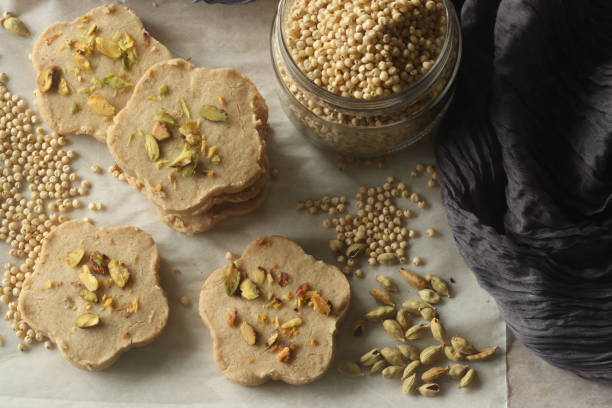
Blood Flow
Sorghum stimulates blood flow. Copper and iron, two minerals essential to blood circulation, are abundant in sorghum. Red blood cell development requires iron. Copper facilitates the body’s increased absorption of iron. Consuming sorghum increases the production of red blood cells and promotes blood flow.
Minerals and Vitamins
Like other cereals, sorghum is a great source of B-complex and fat-soluble vitamins. The concentrations of thiamine, riboflavin, and niacin in sorghum were similar to those in maize among all the B vitamins. Vitamins B, E, and K are the fat-soluble vitamins that can be detected. It is also a significant source of minerals, the most common of which is phosphorus. Since the pericarp and germ contain minerals and vitamins, some of these vital nutrients are lost in refined sorghum products. Each of these nutrients supports the body’s essential functions.
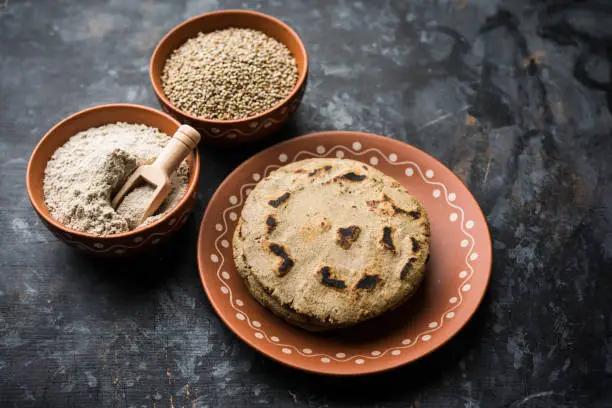
Ayurvedic benefits
This grain is indeed a powerhouse when it comes to healthful nutrients. Ayurveda, with its profound understanding of the balance required in one’s diet, recognizes sorghum as a grain that can be easily integrated into meals for its well-rounded nutritional profile.
Sorghum is rich in dietary fiber, making it an excellent choice for maintaining a healthy digestive system. In Ayurvedic terms, its sweetness is believed to pacify Vata dosha, making it suitable for those with Vata imbalances. The warming quality of sorghum aligns it with Pitta dosha, and its relatively light nature makes it acceptable for Kapha types in moderation.
Please refer to our other informative blogs below.

